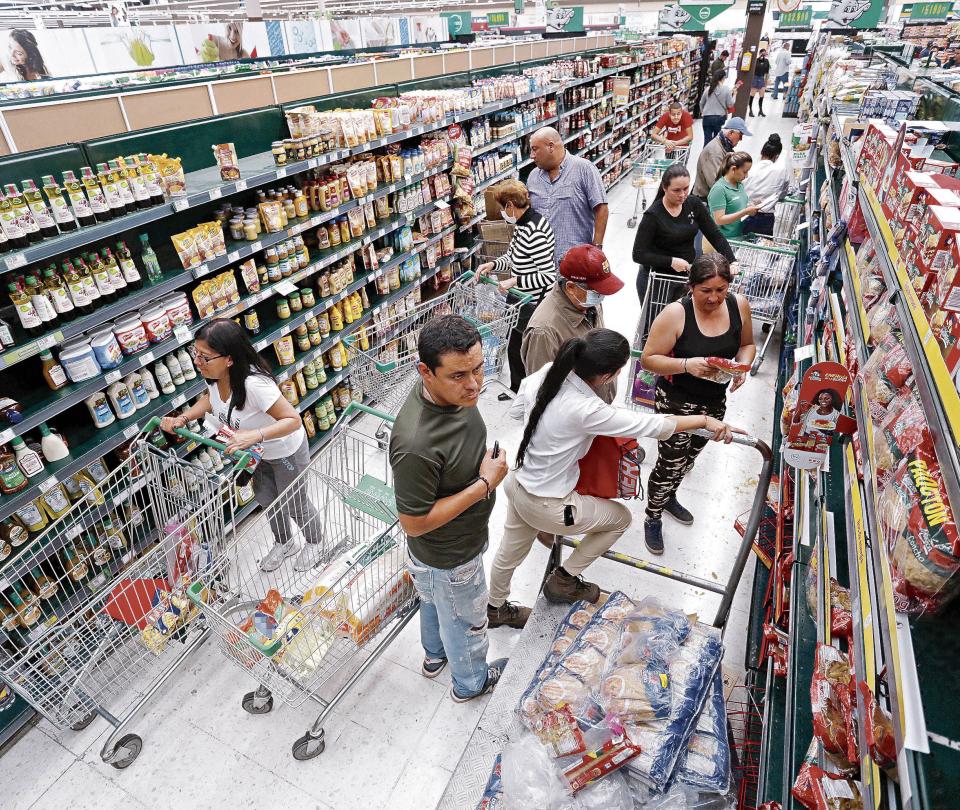Last June, Colombian household spending totaled $80.8 billion, which in real terms represents a 4% decrease compared to the same month last year.
(The spending priorities in Colombia compared to the US and Europe).
In the accumulated of the last 12 months, this amount reaches $983.3 billion.
For Raddar, who presents his monthly report, this result reflects the quite marked deceleration in the dynamics of spending.
In any case, he warns that the ‘adjustment’ effect that the market is having due to the “excess spending” that occurred in 2022 is maintained.
“In other words, the market is only returning to its expected path,” he warns.
In its analysis, the consumer study center indicates that there are four reasons for the drop in the sixth month of the year.
The first of these, as he argues, is that “Although inflation has begun to slow down due to a drop in food inflation, other relevant categories in the pocket of households such as rent, public services and fuel have begun to register increases.”
Regarding this issue of inflation, he comments that although registered a drop for the third consecutive month, it drew attention that later impacts can be seen in items such as food, fuel and public services, due to the El Niño Phenomenon.
The second cause that Raddar cites has to do with the fact that the revaluation of the dollar generated a lower inflow of income from remittances in some households in the country, which necessarily had an impact on their budget and their purchasing plan.
(High-income households, those who spent the least in April).
Raddar mentions as a third reason that “there could have been a decrease in the number of employed or a reduction in the average salary (because jobs with lower salaries are created), causing a lower disposable income in some of the families.
Lastly, he cites a slowdown in the placement of spending due to less dynamics in some categories, beyond durable goods.
For the signature, Of the total expenditure, 31.2% goes to food for the home, while 23.9% goes to housing. They are followed by transportation and communications (15.8%), meals outside the home (7.3%) and entertainment (5.8%), among others.
(See: ‘We are taking spending to maximum levels’: Carf).
BRIEFCASE














